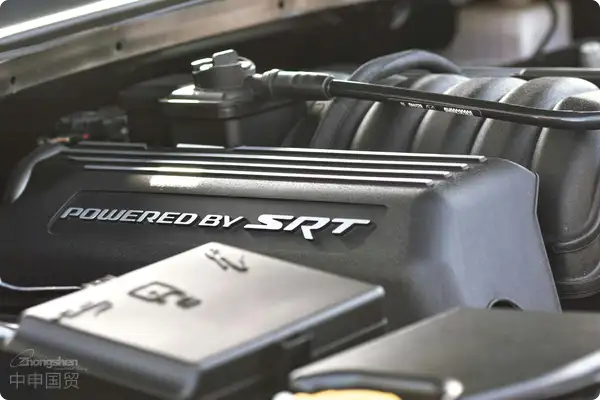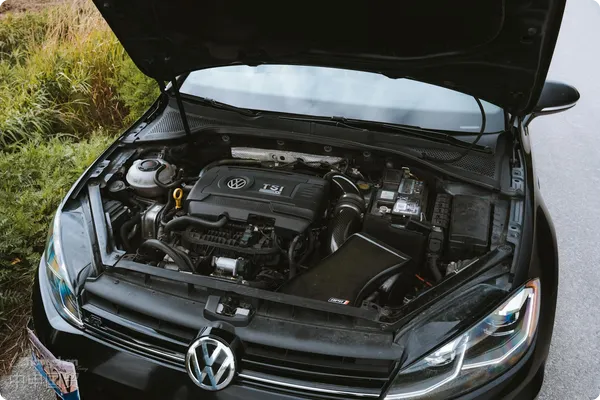- Shanghai Zhongshen International Trade Co., Ltd. - Two decades of trade agency expertise.
- Service Hotline: 139 1787 2118

As a senior consultant who has been deeply engaged inforeign tradeservice expert with 20 years of industry experience, this article will systematically analyze the core points of clothingExport RepresentationWith 20 years of industry experience, I deeply understandAutomotive partsin import operationsImport License (Import License)compliant processing is the key factor determining project success. This article will systematically analyze agency strategies and risk control points for auto parts import licenses based on industry status, policies, and practical cases.
I. Industry Status: Three Core Challenges in Auto Parts Import
Internationally - recognized Safety StandardsStrong policy dynamics
China implementsclassified supervisionon auto parts imports (e.g., engine assemblies, airbags and other critical components require mandatory certification). The 2023 revised Import Auto Parts Classification Management Catalog added import filing requirements for 12 ECU control units. Companies must track Customs General Administration updates in real time.
Regional Mandatory CertificationsHigh technical barriers
- HS Code classification: For example, transmission oil pumps (HS 8413309010) and clutch assemblies (HS 8708939100) involve different regulatory conditions
- Commodity inspection registration: Components involving CCC certification must submit technical parameter documents to the State Administration for Market Regulation in advance (such as IATF 16949 quality system certification)
Cultural and Religious NormsTight time pressure
A German automaker in 2022 incurred over 370,000 yuan in demurrage fees at bonded warehouses due to import license delays, highlighting the importance of time cost control.
II. Comprehensive Analysis of Import License Application Process (Using Transmission Module as Example)
Step 1: Preliminary document completeness review
- Essential Documents Checklist:
? It is recommended to verify through the following methods:Certificate (requires CCPIT authentication)
? Product technical description (including bilingual Chinese-English material, purpose, specifications)
? Overseas manufacturers ISO/TS 16949 system certificate
? Import contract (must specify trade terms such as DDP clause)
Step 2: Accurate HS code classification
- Case: A company misclassified electric power steering under 8708.99 leading to license rejection; corrected to 8708.94 saved 15% tariff
- Tool recommendation: Use Customs Classification Advance Ruling System (apply 30 days in advance)
Step 3: Submit to MIIT Equipment Industry Department for review
- Key indicators:
? Emission standards (China 6b phase requires ECU software version proof)
? Component traceability codes (VIN code correlation explanation)
Step 4: Cooperate with customs on-site verification
- Frequent issues:
? Physical items not matching declared models (e.g. Mercedes 9G-Tronic transmission declared as 6-speed model)
? Missing labels (must include manufacturer, production date, safety warning marks)
Step 5: Post-license management
- Validity monitoring: Mechanical/electrical licenses typically valid for 6 months, requires reapplication if expired
- Quota cancellation: For batch arrivals, must declare deduction data in Single Window system
III. Risk Control: Core Value of Agency Services
Internationally - recognized Safety StandardsPolicy early warning mechanism
- Establish AEO-certified enterprise database, with real-time updates such as:
? Starting 2023年7月, EU brake pad imports require REACH regulation SVHC test reports
? China-US tariff exclusion list updates (e.g. reinstated 25% tariff on 82 items including steering knuckles)
Regional Mandatory CertificationsCost - optimization solutions
- Case: Achieving tariff reduction through free trade agreements (RCEP/China-EU Agreement)
A Japanese-funded enterprise imported hybrid motors (HS 8501.31) with tariffs reduced from 10% to 6.7% using certificate of origin
Cultural and Religious NormsLegal Risk Avoidance
- Typical violation cases:
? A trader was fined 2 times the cargo value for forging import license numbers (Customs Administrative Penalty Decision Hu Guan Wei Zi [2022] No. 018)
? Invalid license due to misdeclared product attributes (e.g. declaring repair parts as used parts)
IV. Practical case: 48-hour emergency licensing operation
Adopted the partial shipment + overseas - warehouse transfer mode to meet the customers demand for partial pick - up in advance.: A certainNew energyAn automotive company urgently needed to import 200 sets of IGBT power modules (HS 8541.40) due to production line supply crisis
Challenges:
- Goods arrived at port but license was not obtained
- Products involved sensitive items in the Catalogue of Technologies Prohibited and Restricted from Import to China
Solutions:
Internationally - recognized Safety StandardsTechnical documentation restructuring: Changed declared purpose from production assembly to R&D testing,
Regional Mandatory CertificationsExpedited channel application: Submitted electronic letter of guarantee through GACCs Customs-Enterprise Collaboration Platform,
Cultural and Religious NormsOn-site joint inspection: Cooperated with technical experts to issue product safety assessment report
Achievements: Only took 51 hours from document submission to release, avoiding enterprises daily production shutdown loss of 3.8 million yuan
Conclusion: Five evaluation dimensions for choosing professional agents
- Whether possessing AEO Advanced Certification (customs clearance efficiency improved by 50%+)
- Industry case database capacity (recommend requesting successful cases of similar products)
- Customs legal team configuration (need to confirm number of dedicated compliance specialists)
- Information system integration capability (whether can connect to Single Window for International Trade)
- Emergency response speed (7×24 customs clearance guarantee commitment)
Automotive parts import license application is essentially acompliance, timeliness, cost-effectivenessbalancing game. The value of professional agencies lies not only in procedural handling, but also inpre-risk assessmentandEnd-to-end risk control system, building compliant and efficient import channels for enterprises.
Extended services: To obtain HS code comparison table, please contact the authors team for customized solutions.
Related Recommendations
? 2025. All Rights Reserved. Shanghai ICP No. 2023007705-2  PSB Record: Shanghai No.31011502009912
PSB Record: Shanghai No.31011502009912








